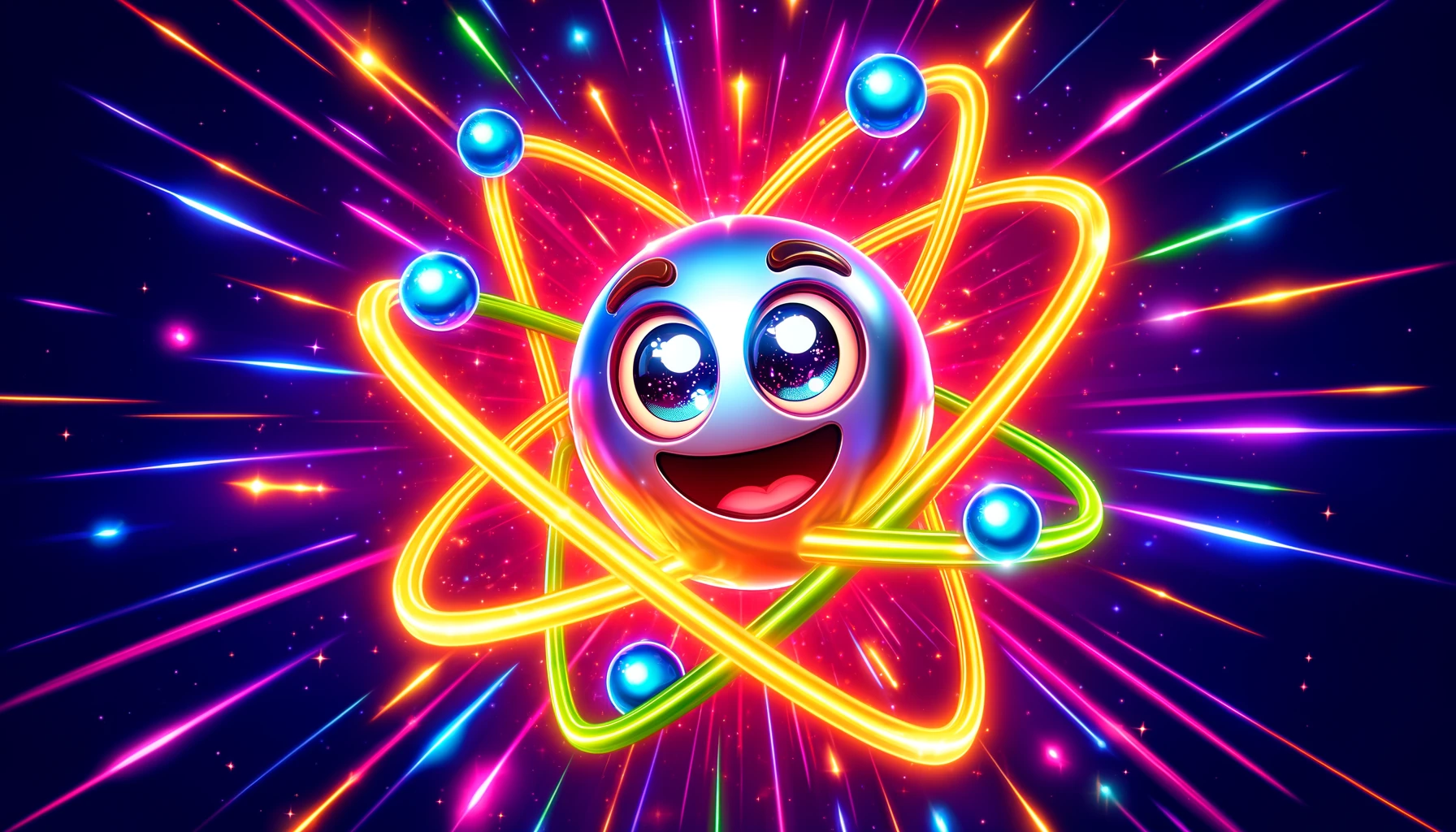Understanding Neon: Properties, Uses, Health Effects, and Fascinating Facts
Understanding Neon: Properties, Uses, Health Effects, and Fascinating Facts
Table of Contents
- Introduction to Neon
- Properties of Neon
- Uses of Neon
- Health Effects of Neon
- Interesting Facts about Neon
- Environmental Impact of Neon
- Conclusion
- References
Understanding Neon: Properties, Uses, Health Effects, and Fascinating Facts
Introduction to Neon Neon is a chemical element with the symbol Ne and atomic number 10. It is a noble gas that is colorless, odorless, and inert under standard conditions. Neon is best known for its use in neon signs, where it emits a bright red-orange glow when electrified. This article explores the properties, uses, health effects, and interesting facts associated with neon, providing a comprehensive understanding of this unique element.
Properties of Neon Neon is characterized by several distinct physical and chemical properties.
Physical Properties
- Appearance: Neon is a colorless gas at room temperature and becomes a bright orange-red glow when placed in a discharge tube under low pressure.
- Density: Neon gas has a density of 0.9002 g/L at standard temperature and pressure, making it lighter than air.
- Melting Point: The melting point of neon is -248.59°C (-415.46°F).
- Boiling Point: The boiling point of neon is -246.08°C (-410.94°F).
Chemical Properties
- Inertness: Neon is chemically inert and does not readily form compounds with other elements due to its complete electron shell, which makes it stable and unreactive.
- Solubility: Neon is slightly soluble in water and more soluble in organic solvents such as alcohols.
Uses of Neon Neon has a variety of applications, most notably in lighting and electronic industries.
Lighting
- Neon Signs: The most famous use of neon is in neon signs. When an electric current is passed through neon gas at low pressure, it emits a bright red-orange light. These signs are widely used for advertising and decorative purposes.
- High-Voltage Indicators: Neon is used in high-voltage indicators, vacuum tubes, and lightning arresters due to its ability to emit light when electrified.
- Gas Discharge Tubes: Neon gas is used in gas discharge tubes and neon lamps, which are employed in a variety of display and signaling applications.
Cryogenics
- Refrigerant: Liquid neon is used as a cryogenic refrigerant due to its high refrigeration capacity per unit volume. It is preferred over helium and hydrogen for certain applications due to its higher cooling efficiency.
Scientific Research
- Detection and Measurement: Neon is used in the study of plasma physics and in the detection of cosmic rays. Its inert nature makes it useful as a stable environment for experiments requiring an unreactive atmosphere.
- Helium-Neon Lasers: Neon is used in helium-neon lasers, which are employed in various applications, including barcode scanners, laser pointers, and holography.
Electronics
- Voltage Regulators: Neon is used in voltage regulators and other electronic devices to help control and maintain a constant voltage level, ensuring the safe operation of electronic circuits.
Health Effects of Neon Neon is generally considered to be non-toxic and safe for use in various applications.
Inert and Non-Toxic
- Safety: Neon is an inert gas, meaning it does not react chemically with other substances under normal conditions. It is non-toxic, and inhaling small amounts of neon gas does not pose a health risk.
- Asphyxiation Risk: While neon is not toxic, it can displace oxygen in confined spaces, leading to asphyxiation if present in high concentrations. This risk is primarily a concern in industrial settings where large amounts of neon are used.
Medical Applications
- Medical Imaging: Neon has limited use in medical imaging and research, where its inert properties make it suitable for specific diagnostic procedures, particularly in specialized environments requiring a non-reactive atmosphere.
Interesting Facts about Neon Neon has several fascinating properties and uses that make it a unique and valuable element.
Discovery and Naming
- Discovered in 1898: Neon was discovered by British chemists Sir William Ramsay and Morris Travers in 1898 while they were studying the liquefaction of air. The name “neon” comes from the Greek word “neos,” meaning “new.”
- Noble Gas: Neon is part of the noble gas group, which includes helium, argon, krypton, xenon, and radon. These gases are known for their chemical inertness and stability.
Glow and Color
- Distinctive Glow: The distinctive red-orange glow of neon gas in discharge tubes has made it a symbol of the nightlife and urban culture, particularly in neon signs that light up cities around the world.
- Neon Colors: While pure neon emits red-orange light, different colors in neon signs are achieved by using other gases or fluorescent coatings, not by changing the color of the neon itself.
Environmental Impact of Neon Neon is considered environmentally benign, with minimal impact due to its inertness and limited use.
Atmospheric Abundance
- Rare in the Atmosphere: Neon is relatively rare in Earth’s atmosphere, comprising only about 18 parts per million by volume. It is more common in the universe, particularly in stars and other celestial bodies.
Sustainability
- Low Environmental Impact: Neon does not contribute to pollution or global warming, and its extraction from the atmosphere (usually during the production of liquid oxygen) has a minimal environmental footprint. Its use in various applications is considered sustainable.
Conclusion Understanding neon, its properties, uses, health effects, and fascinating facts provides valuable insight into this unique and versatile noble gas. Neon’s role in lighting, electronics, and scientific research underscores its importance in both commercial and industrial applications. Despite its relatively rare presence on Earth, neon continues to illuminate cities and contribute to technological advancements, all while maintaining a minimal environmental impact

<ⓒ WizardMedics (wizardmedics.com)>






